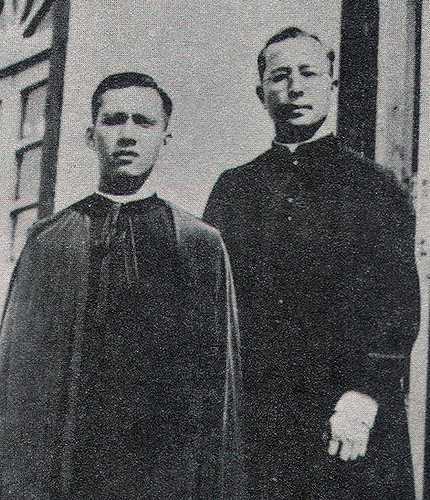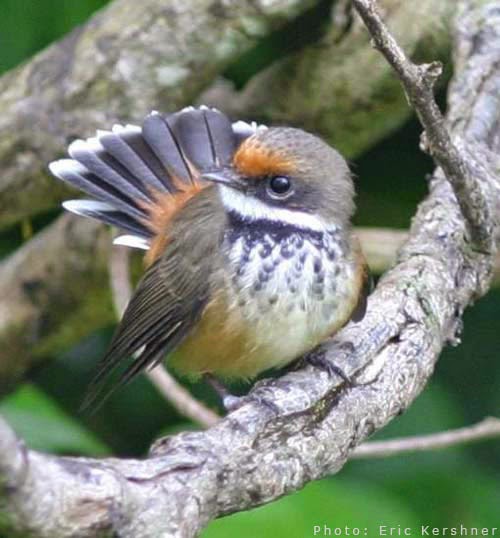IG May GA - Historic Preservation
Independent Guåhan will discuss the need for stronger historic preservation laws at May General Assembly Independent Guåhan (IG) invites the public to attend their May General Assembly (GA) on Thursday, May 31, from 6:00 – 7:30 p.m. at the Main Pavilion of the Chamorro Village in Hagåtña. The educational discussion for the evening will focus on how an independent Guåhan can create stronger policies around the preservation of historic sites and cultural properties. Guåhan has a unique and rich cultural heritage that manifests in the island’s food, historic locations, artifacts, buildings, landscape, and oral history. On an island that is becoming increasingly modernized and militarized, having strong laws for historic preservation is essential in protecting the unique identity of this island, that which makes Guåhan Guåhan. While many think that improvement must come at the cost of preservation, in reality, strong policies that promote and protect the island’s cultural resourc




